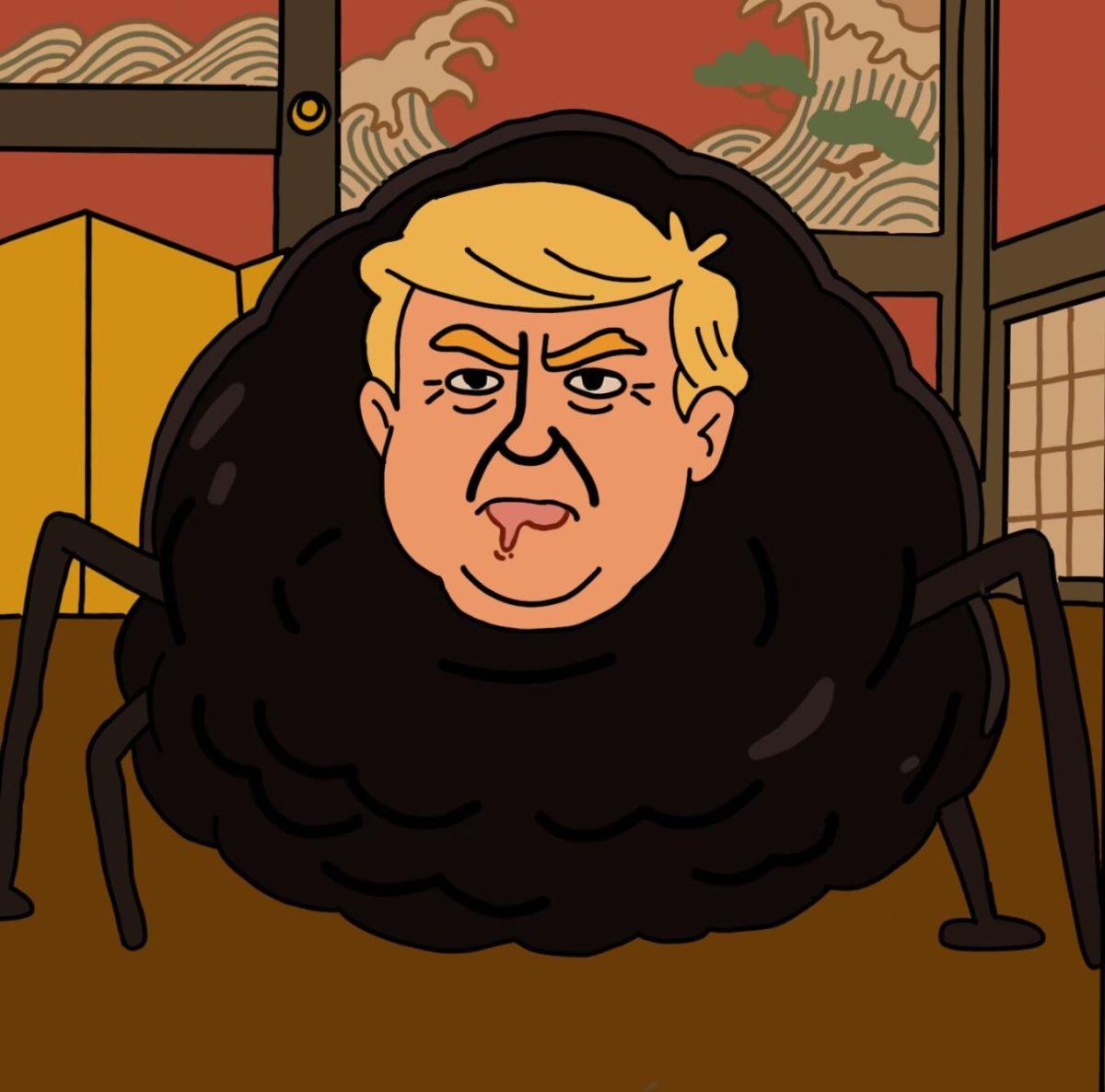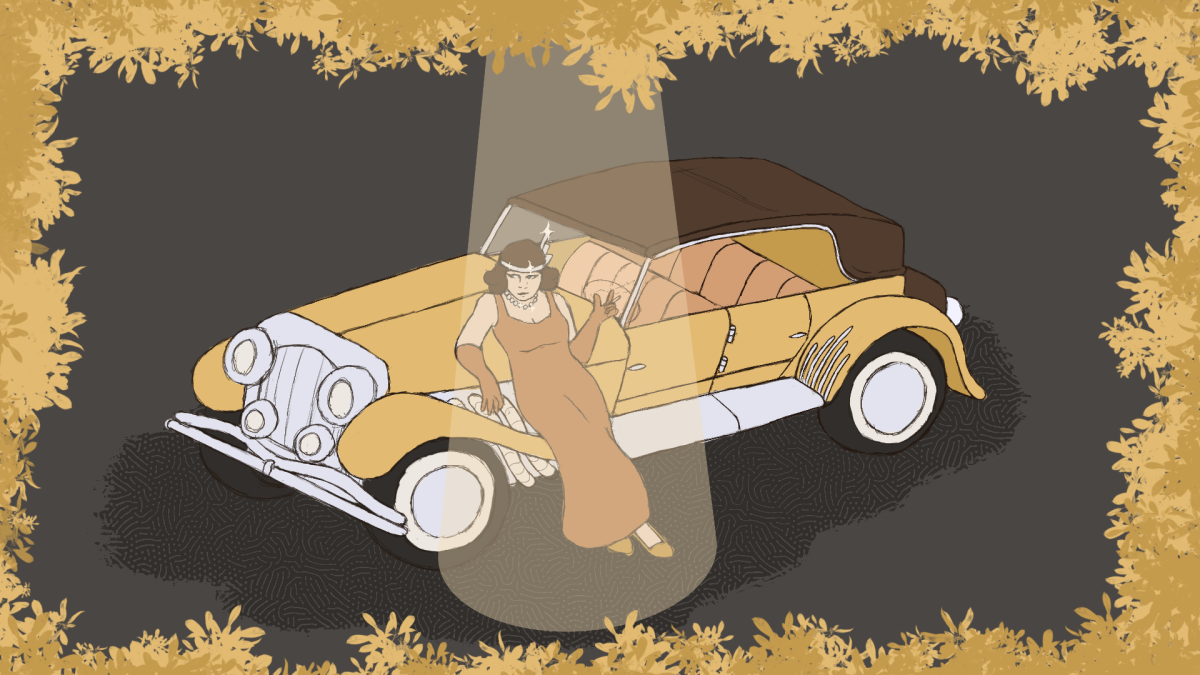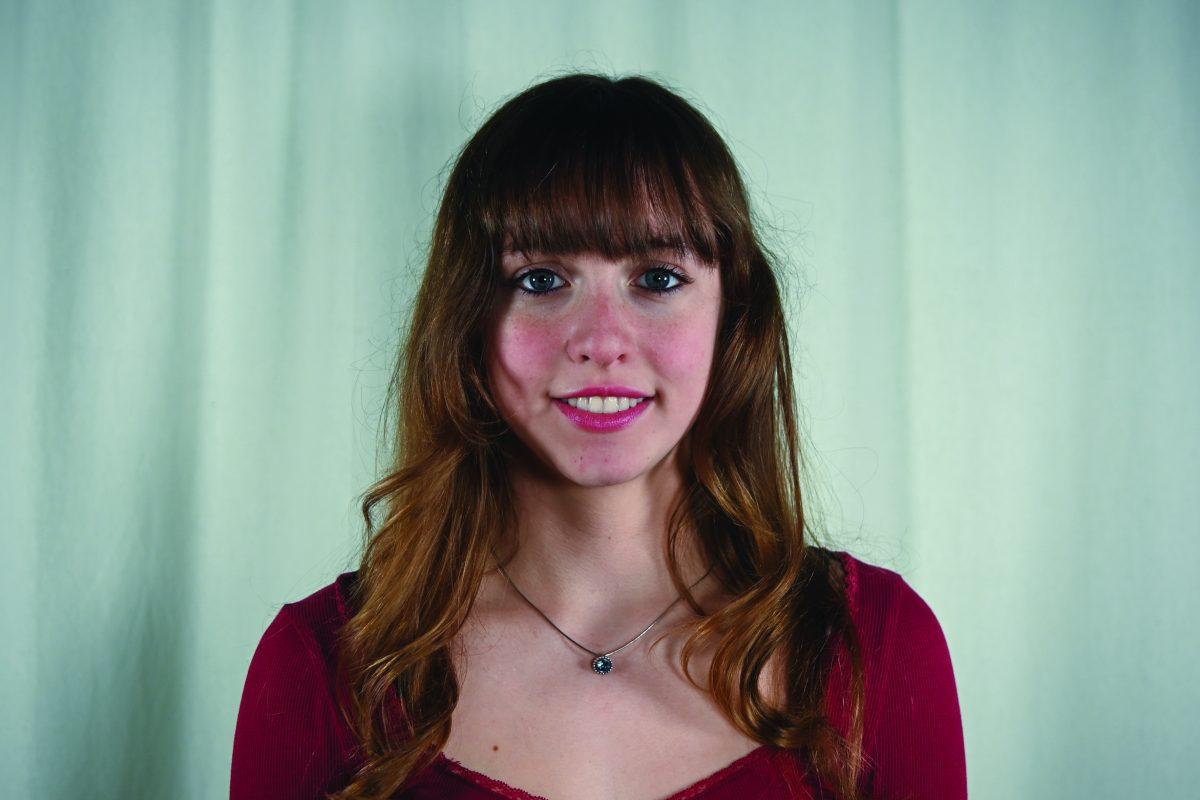It seems that the glorious cold weather has finally beaten away the intolerable summer heat, and this can mean only one thing: It is time to enjoy hot beverages. In the United States, coffee is the preferred drink, but throughout the world, there is a different winner. Tea is the second-most popular drink in the world, second only to water. Tea is becoming more common in America, but we are still not a major tea-consuming nation on the scale of Great Britain. The British drink 165 million cups of tea per day. That means that the average Briton drinks more than two cups of tea every day.
Tea has myriad health benefits, but more importantly, it is refreshing. The old saying in Britain is that “tea revives the world.” James Boswell, the Scottish author and lawyer, said, “I am so fond of tea that I could write a whole dissertation on its virtues. It comforts and enlivens without the risks attendant on spirituous liquors. Gentle herb! Let the florid grape yield to thee. Thy soft influence is a more safe inspirer of social joy.” And the poet William Cowper described tea as “the cups that cheer but not inebriate.”
But it was not the goodness of tea, but rather the difficulty in making it that prompted the composition of one of the greatest odes to tea. Eric Blair, better known by his penname George Orwell, is perhaps best-known as a novelist, but he was first and foremost an essayist. In 1946, the ignorance of the majority vis-à-vis the proper way to make this wonderful drink prompted Orwell to write his essay, “A Nice Cup of Tea.”
Orwell writes, “If you look up ‘tea’ in the finest cookery book that comes to hand you will probably find that it is unmentioned; or at most you will find a few lines of sketchy instructions which give no ruling on several of the most important points.” I, too, am frustrated. I love tea, but I have yet to find a coffee shop that serves suitable tea. You can get tea at any Starbucks or Dunkin’ Donuts, but it is not half as good as the tea I brew at home. Orwell continues, “When I look through my own recipe for the perfect cup of tea, I find no fewer than 11… rules, all of which I regard as golden.” Perhaps a careful study of these golden rules can help elucidate what the problem is with coffee shop tea.
Coffee shops meet many of the rules. They typically use Indian or Ceylonese tea, such as English Breakfast Tea, which is a blend of teas from India — Ceylon and Assam. They make tea in small quantities. They do not warm the cup before brewing, but I do not think that makes much of a difference. They brew the tea strong, and they use a cylindrical cup. And several of the rules (stir the tea, milk not cream, milk last and no sugar) are up to the customer. This leaves but two possible reasons for the subpar tea at coffee shops.
Orwell says that “the tea should be put straight into the pot. No strainers, muslin bags or other devices to imprison the tea.” Here the coffee shops are guilty, as they all use bagged tea. However, this cannot be the cause. Loose-leaf tea is preferable, as it does make a noticeably better brew, but I have had many good cups of bagged tea.
Orwell also says that “the water should be actually boiling at the moment of impact.” Here is the culprit. The water used to brew the tea is indeed very hot, but it is not boiling. Typically coffee shops use hot water that has been sitting in an urn for hours.
Unfortunately, this is not a problem with a simple solution. There is no practical way to boil water for every cup of tea. I am afraid that tea lovers everywhere will have to stick with home-brewed tea. As they say, “When in Rome …” When in a coffee shop, buy coffee.













